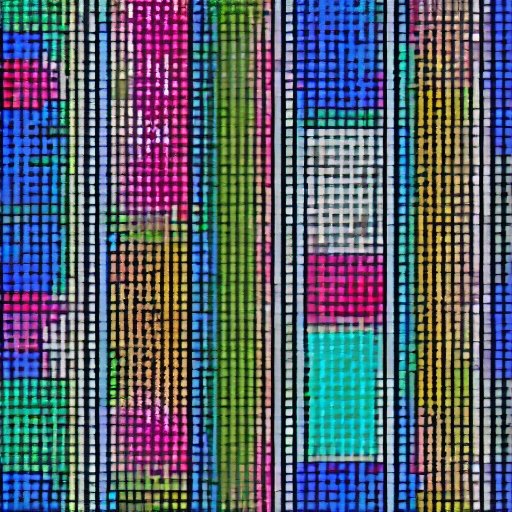How to be Relevant (2024)
This photo series is an exploration of the changing role of the human and the art-maker in a world where an authentic presence is progressively less valued and harder to locate. As AI image generation technology becomes both more convincing and more universal, the presence of truth within the image is more elusive. The project revolves largely around the pixel, the unit through which we experience most of the images we encounter on a daily basis. The pixel itself is a tainted, deceptive force. It has come to represent community and communication, but also paranoia, exploitation, and obsession.
I became excited by the possibility to explore AI as a force for collaboration; to see it as one of my peers. I did not want to take a position of firm opposition to this new technology. While it is threatening in many ways, I also see potential for using it as a tool to be utilized for the future of art-making. Doing so may be necessary for our survival as artists.
I was deeply inspired by Hito Steyerl’s 2009 essay “In Defense of the Poor Image,” which calls upon the power of degraded, low-quality images to represent both democracy and paranoia.
Steyerl speaks about the fetish value of the poor image, explaining that, as in the path of conceptual art, the art object is often first dematerialized “as a resistant move against the fetish value of visibility. Then, however, the dematerialized art object turns out to be perfectly adapted to the semioticization of capital, and thus to the conceptual turn of capitalism.” The poor image is less subject to fetishization than sharp, high resolution photographs because it is unwelcoming to the lingering gaze, and yet the poor image is easy to distribute through digital channels rampant with porn, exploitation, and obsession.
Oil pastel on board, 12x12”














